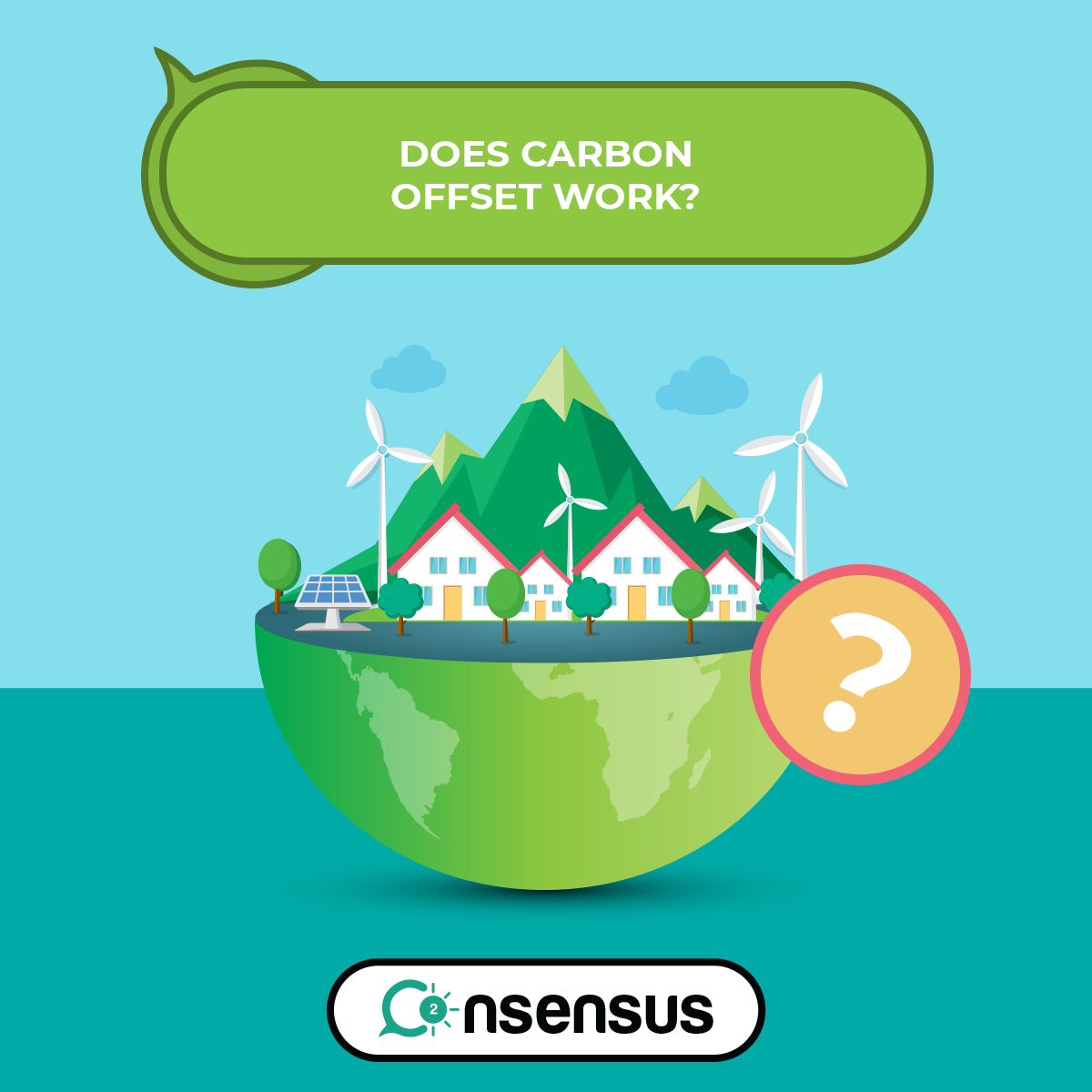The primary problem with carbon offsetting and it’s biggest criticism lies in the fact that it avoids dealing with the root of the problem. Carbon Offsetting does nothing to reduce the amount of dangerous greenhouse gases being produced in the first place.
The solution lies in developing methods and practices to extensively reduce the volume of harmful gases at the very source of its emission. Cut it off at the source — paying up for it doesn’t deal with the issue.
Many scientists have likened carbon offset programs to paying for speeding tickets. You don’t mend your ways and become a better and more careful driver. Instead, you pay for tickets repeatedly, as if that takes care of the issue.
Essentially, you’re paying someone (the environmentalists) to clear your conscience and undo all of your wrongdoings.
How Do You Quantify The Impact Of Carbon Offsetting?
Think about it.
If your carbon offset credits get used to plant trees, how do you measure exactly how much carbon dioxide got removed from the atmosphere by planting those trees?
How much carbon dioxide will be removed by the trees in one year, let alone their lifetimes? Enough to make up for a long-haul flight or your daily commute or maybe a company’s production line?
You have no measuring gauge, and hence you have no way of knowing the real impact of planting those trees. The damage was done. Of that you’re sure, but did you do enough to compensate? You don’t know!
There are Other Issues As Well:
- The trees you planted will take decades to grow fully, and even once they do, there’s no guarantee they won’t be cut down later or burned down in a forest fire. Planting new trees in a separate location is not going to make up for felling trees in already established ancient forests.
- Yet another issue is that it’s voluntary. Enforcing carbon taxes on companies might be a better way to control emissions. But again, there will be companies who would just pay the taxes instead of reducing their emissions.
- The money it takes to invest in carbon offsets is just as problematic. For example, let’s consider a rich person and a poor person both take the same flight. They end up causing the same amount of harm, but the rich person will have a much easier time paying up for it, unlike the poor person.
So What’s The Solution?
The general consensus is that you should do your utmost to cut back emissions in the first place, and then think of carbon offsetting as an absolute last resort.
Instead of paying for carbon offset programs, your first line of defense should start in your daily life — You could replace all the electrical appliances (boiler, lights, air conditioners) in your house to energy-efficient ones and still use them only when necessary. You can invest in solar panels or take the bus to work instead of commuting in your car. They will all add up in the long run.
Hence, taking steps to reduce the damage we’re causing right now, in the present is the only real way to deal with global warming.
